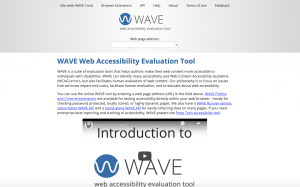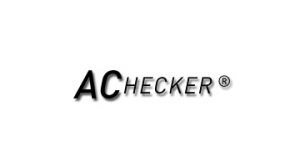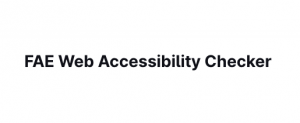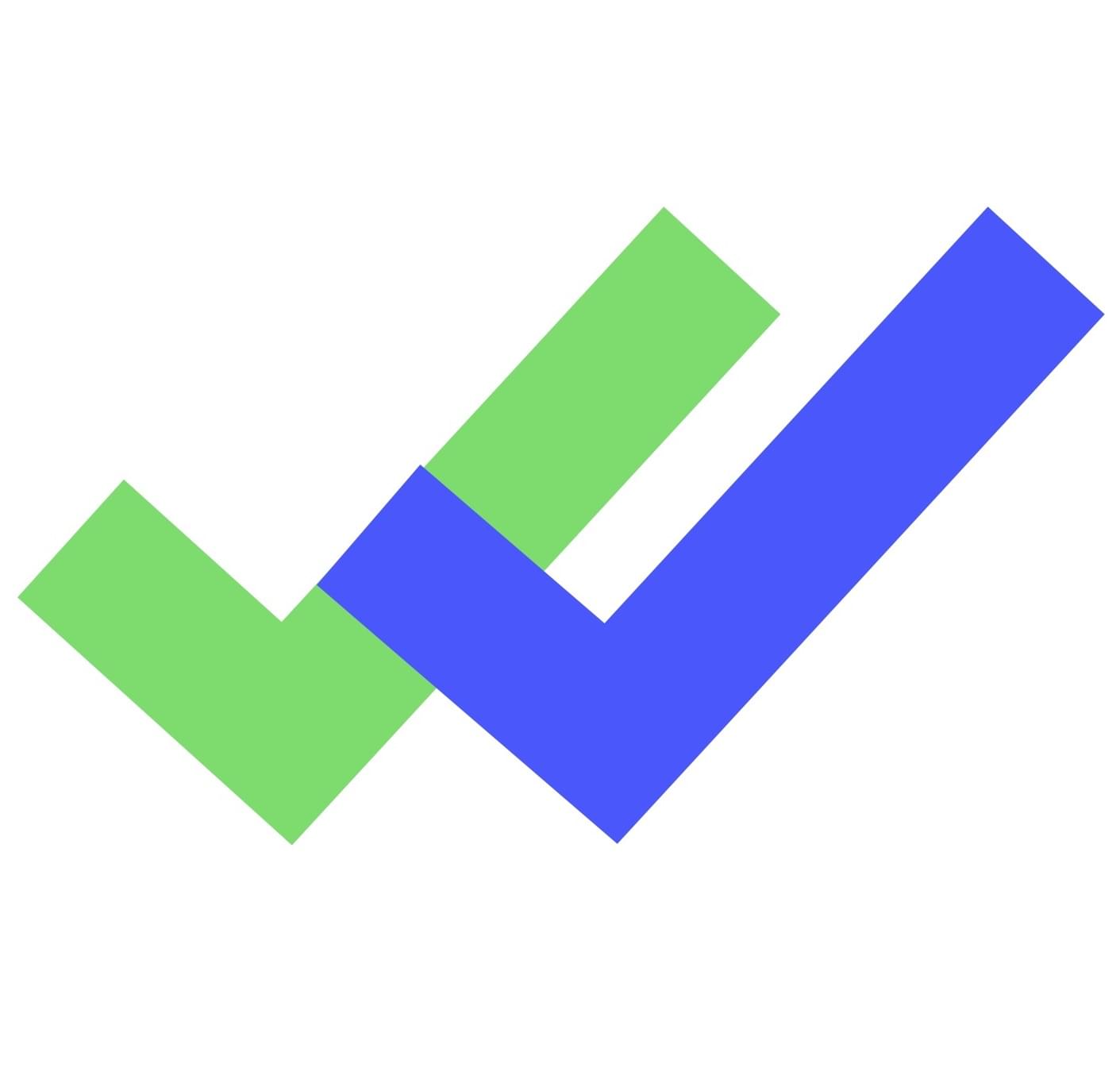Our first impression of WAVE Accessibility was riveting. The design of the website is quite basic. However, that shouldn’t influence your decision to use this platform. In a pilot scan, we tested WAVE Accessibility alongside a stopwatch. It completed its accessibility check-in in under sixteen seconds. This is about the average time for most of the top accessibility checkers we have tested, but then for a single page.
WAVE Accessibility provides robust accessibility testing through its online and in-browser extensions. For most accessibility scanners with this option, axe, for example, it is not always convenient to run a scan except by installing the Chrome extension before initiating the check on a computer. Contrary to this strict protocol, the WAVE Accessibility checker is generous enough to allow for a mobile scan. That is, you can conveniently run an accessibility check of a given page on your mobile phone. To take advantage of this on-the-go check, all you have to do is type your website URL in the web page address box which WAVE provides on its site for those going for the online scan — a similar process with aCe, TAW, and Siteimprove.
In no time, WAVE Accessibility will display a version of the page you have entered with your scan results in a sidebar on the left of the window. The result pops up under four broad headings: Summary, Details, References, Structure, and Contrast. At a glance, you can get a gist of your website accessibility in figures. When we go deeper into the audit report, the Summary section shows the check’s real result. Other headings — Details, References, Structure, and Contrast — are just accompaniments, very important ones, though. Mind you; WAVE Accessibility does not provide an option to export your audit report.

The summary section of WAVE Accessibility testing audit
The Summary section is where you find accessibility Errors, Alerts, Contrast Errors, Features, Structural Elements, ARIA. As you might guess, Errors are genuine WCAG violations that the system has flagged on your website. These issues will impact some users. Alerts are elements that may cause accessibility issues which an accessibility evaluator is required to decide its impact. For instance, WAVE Accessibility could alert about a long alternative text which it has found on your page. You may then decide whether to rectify or ignore it. Features indicate accessibility features that could improve accessibility if affected. Structural elements are data concerning the organization of content on the web page. This item is also concerned with page regions with HTML or ARIA. It shows the heading structure, identifies hidden elements and indicates nesting elements.
By employing inline icons, WAVE Accessibility displays accessibility issues on a page. The beauty of these icons is that they lead you directly to the specific part of the page where the problem is spotted, a sort of shortcut. So, by clicking on an icon, it directs you to a related issue that the system had associated with it. On getting to the inline icon representing an accessibility issue, you may click on it to open a tooltip for the error. A tooltip describes a flagged issue in succinct terms and provides direct links to the World Content Accessibility Guidelines Standard related to it and the affected line of code.
The importance of using the Reference button is to have a full list of the issue. This section describes the issue at hand (what it means), its impact on users (why it matters), and a quick workable solution to it (what to do). Recall that each error tooltip comes with a link to the appropriate line of code; you can click on this feature to display the region and line. To make it easier for your developers to spot, the same inline icon is replicated next to the affected code.






